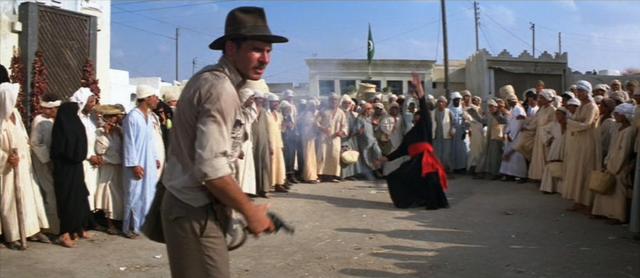With a central theme based on cinema, and a message potentially confused as a doomsday device for manual therapy, Dr. Joel Bialosky’s (along with Drs. Bishop and Penza) latest commentary in JOSPT, “Placebo Mechanisms of Manual Therapy, A Sheep in Wolf’s Clothing?” certainly deserves a Dr. Strangelove derivative title. But, is it really doomsday for manual therapy?
The fascinating thing about this must-read paper is the re-framing of placebo as a negative, non-specific sequitur of bad outcomes, to one of a specific, powerful, and necessary aspect of many interventions. To me, this is perhaps the key to how there can be so many different schools of manual therapy, and passionate adherence to each, and despite vastly different application, the apparent effectiveness of each. It’s as if we are all using different codes to access the same central computer, only to perform the same essential task.
The authors of this commentary leave us with a warning:
“Manual therapists, having invested large amounts of time perfecting their craft, may be troubled by the prospect of placebo as a primary mechanism.” Bialosky, Bishop, and Penza
I too, would like to issue a warning:
“The anti-manual crowd of therapists should also be careful to not mis-interpret the data around placebos by mistakenly believing this science is justification to not perform manual therapy.” Robertson
In a perfect world, the two groups would equally understand that specific active mechanisms of analgesia through physical therapy remain elusive despite the overall effectiveness of said treatment. Indeed, if we could work to understand the critical factors needed that result in a positive outcome for patients, perhaps we would be more effective at applying them, and less judgmental of people using a different coding set to access the “computer.”
Yet I wonder, what would happen to those practitioners stripped of their passion to defend their specific approach? Maybe that is the real doomsday device!

